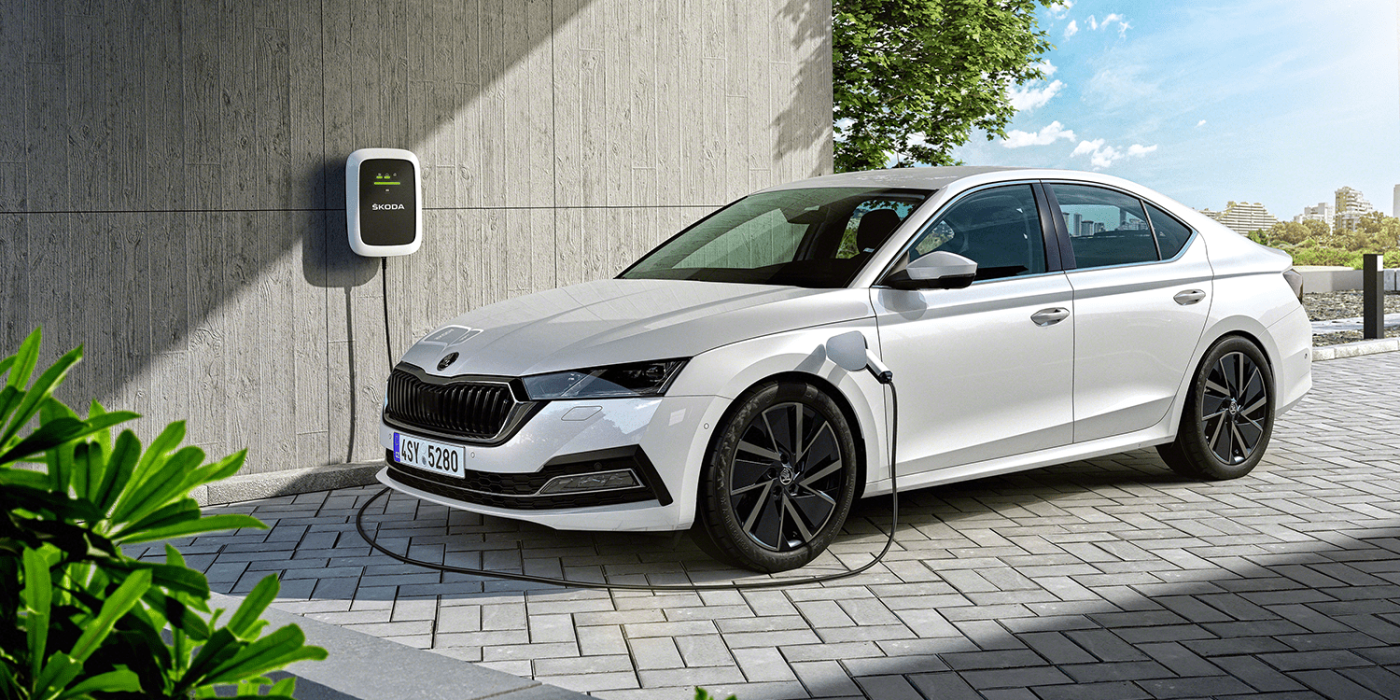PHEVs to face tighter scrutiny under new EU law
The new European CO2 legislation for passenger cars and light commercial vehicles obliges the EU Commission to monitor real fuel and electrical energy consumption from next year onwards. This was pointed out by the ICCT.
According to the ICCT, such onboard fuel consumption meters (OBFCMs) must be installed in all new passenger cars and light commercial vehicles from 1 January 2020. For plug-in hybrids, this means that the extent to which they are electrically moved is recorded and transmitted in detail – not for individual sanctions, however, but for a general recording of this type of drive.
In the case of the PHEV, not only the ICCT has been pointing out for years that real CO2 emissions are extremely dependent on the driving and charging behaviour of the user. In Germany, in the course of increasing the environmental bonus, PHEV was again criticised for the environmental friendliness of the drive concept and the funding policy.
Die neue europäische CO2 Gesetzgebung für Pkw und leichte Nutzfahrzeuge verpflichtet die EU-Kommission, den realen Verbrauch an Kraftstoff und elektrischer Energie zu überwachen. Die Abbildung zeigt vier mögliche Datenübertragungswege.#ChartoftheWeek pic.twitter.com/kMbUNfpX1n
— The ICCT (@TheICCT) November 25, 2019
When the previous regulations were adopted, only the data of combustion cars were available, according to the ICCT. At that time, it was assumed that a PHEV would be charged once per day. “With the OBFCM data, the real operating and recharge pattern of PHEVs could be analysed,” writes the ICCT. “As the recharge pattern of PHEVs likely depends on other parameters than only the range in charge-depleting mode, the OBFCM data in combination with vehicle information could be used to determine representative and more vehicle-specific UFs that take into account additional factors, such as vehicle power, power-to-mass ratio, footprint, mass, and conventional-to-electric power ratio.”
The main objective for collecting the data is to monitor the evolution of the gap between standard consumption in type approval and real CO2 emissions. “With this information, the European Commission can monitor the gap between type-approval and real-world CO2 emissions and eventually develop regulatory measures to ensure that the gap does not grow over time,” writes the ICCT. The OBFCM data is also valuable for other purposes. Consumers could better inform themselves about more climate-friendly vehicles through real fuel and energy consumption. The influence of vehicle age on actual use could also be recorded.
However, it remains to be seen how the recorded data will be transmitted. According to ICCT, there are four possible ways of doing this: manual readout in the workshop (during an inspection, for example), random readout by the police during traffic checks, fleet management software for company and rental car fleets, or finally over-the-air (OTA). While the first three methods still require an intermediary, the data could be stored directly on the servers of the EU Commission via radio transmission.
This is not the only reason why the ICCT recommends OTA technology: for (electric) new cars it takes years before the first inspection or TÜV is due. The effort for the police continues to increase with the traffic controls, moreover, they cannot count on representative results. And the fleet solution does not cover many private customers.
theicct.org (PDF)





0 Comments